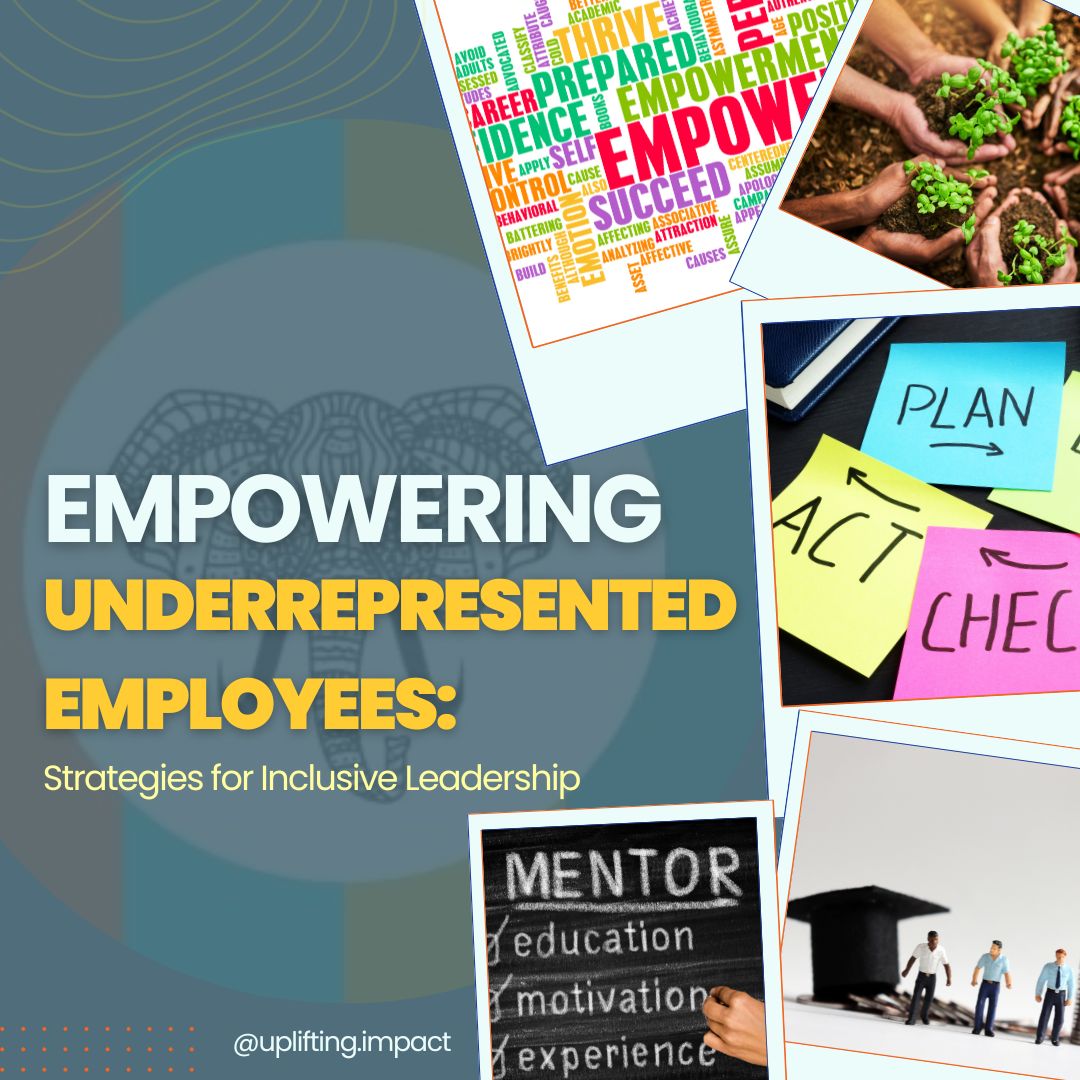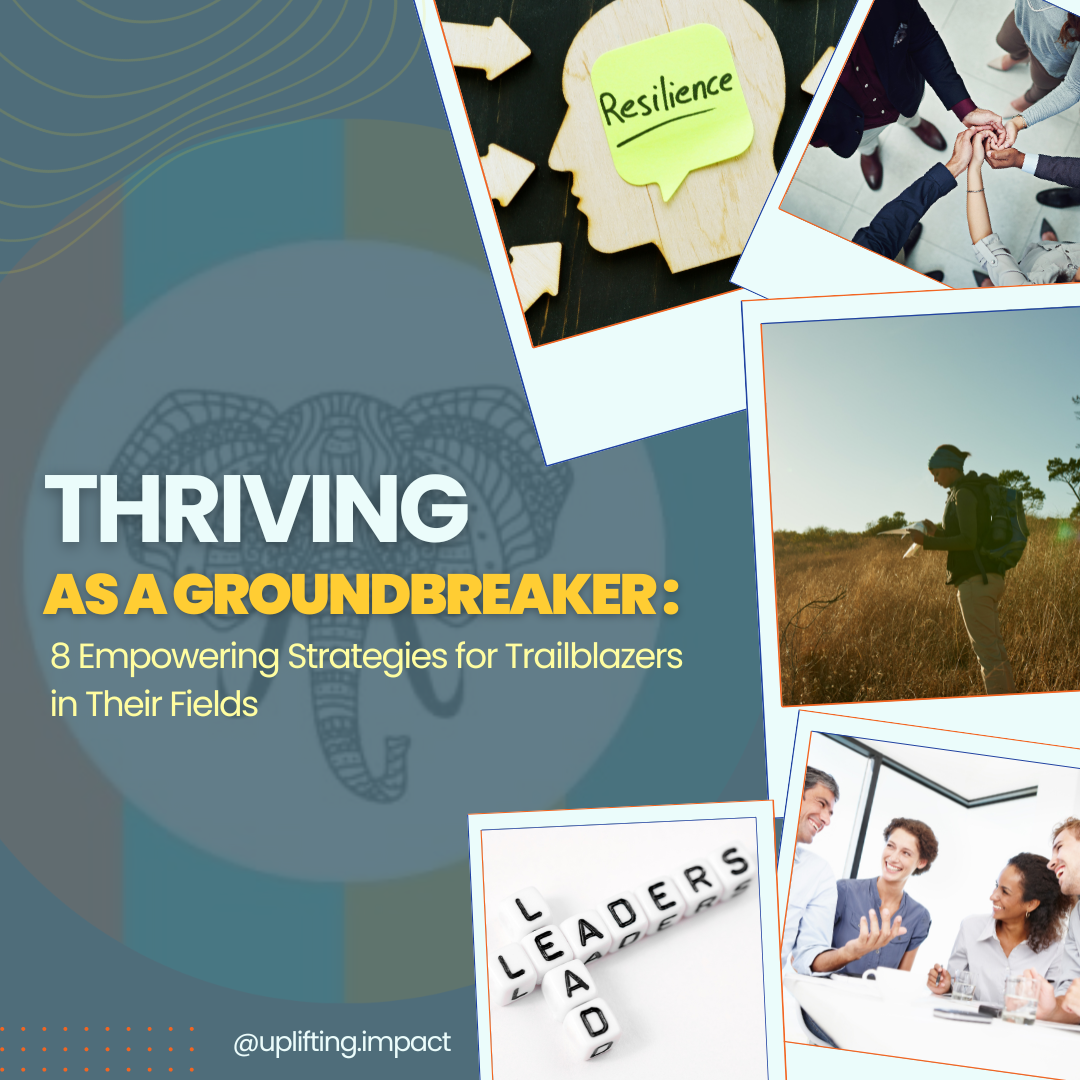Empowering Underrepresented Employees: Strategies for Inclusive Leadership

In today's dynamic workplaces, fostering an environment of inclusivity and empowerment is essential for driving innovation and success. However, many organizations struggle to effectively support underrepresented employees in their journey towards leadership roles. In this article, we'll explore practical strategies for empowering underrepresented individuals and cultivating a culture of inclusive leadership.
Understanding the Challenge: Historically, traditional workplace norms and practices have favored certain demographics, often leaving underrepresented groups at a disadvantage when it comes to career advancement. Whether it's the lack of access to mentorship opportunities, limited resources for professional development, or unconscious biases embedded within organizational culture, many barriers exist for individuals from marginalized backgrounds. Recognizing and addressing these challenges is the first step towards creating a more equitable and inclusive workplace.
- Offer Inclusive Mentorship: Mentorship plays a crucial role in career advancement and skill development. To ensure inclusivity, organizations should establish mentorship programs that actively promote diversity and accessibility. Encouraging senior leaders to participate as mentors and advocating for mentees from diverse backgrounds can help bridge the leadership gap and increase representation in key positions. By fostering meaningful connections and providing tailored guidance, mentorship programs empower underrepresented employees to navigate their career paths with confidence.
- Educate for Inclusion: Creating a culture of belonging starts with education. By offering comprehensive training on topics such as unconscious bias, privilege, and inclusive leadership practices, organizations can foster understanding and empathy among employees at all levels. Making these educational opportunities mandatory ensures that every member of the team is equipped with the knowledge and skills necessary to contribute to a diverse and inclusive workplace. Moreover, ongoing education and dialogue promote a culture of continuous learning and improvement, reinforcing the organization's commitment to inclusion.
- Provide Equitable Resources: Access to resources is vital for professional development and career advancement. Organizations should strive to provide underrepresented employees with equitable access to skill-building workshops, networking opportunities, and leadership training programs. Transparency in resource distribution and tailored support to address specific needs can empower individuals to excel and contribute meaningfully to the organization's success. Additionally, investing in initiatives that promote diversity and inclusion demonstrates a commitment to fostering a more equitable and representative workforce.
- Listen and Act: Effective leadership development requires active listening and responsiveness to the needs of underrepresented employees. Creating channels for open dialogue and feedback ensures that their voices are heard and valued. Organizations should take meaningful action based on feedback received, implementing changes that foster a more inclusive workplace culture and strengthen leadership development initiatives. By prioritizing the perspectives and experiences of underrepresented groups, organizations can identify and address systemic barriers, ultimately creating an environment where everyone can thrive and succeed.
As we strive towards a more equitable and inclusive future, empowering underrepresented employees is not just a moral imperative but also a strategic necessity. By embracing diversity and fostering an environment where all individuals feel valued and supported, organizations can unlock the full potential of their workforce and cultivate a new generation of inclusive leaders. Together, let's continue to champion diversity, equity, and inclusion in the workplace, driving positive change and creating opportunities for all.
Ready to take the next step in fostering inclusive leadership? Explore our resources and start implementing these strategies in your organization today. Together, we can create workplaces where everyone can thrive and succeed.

